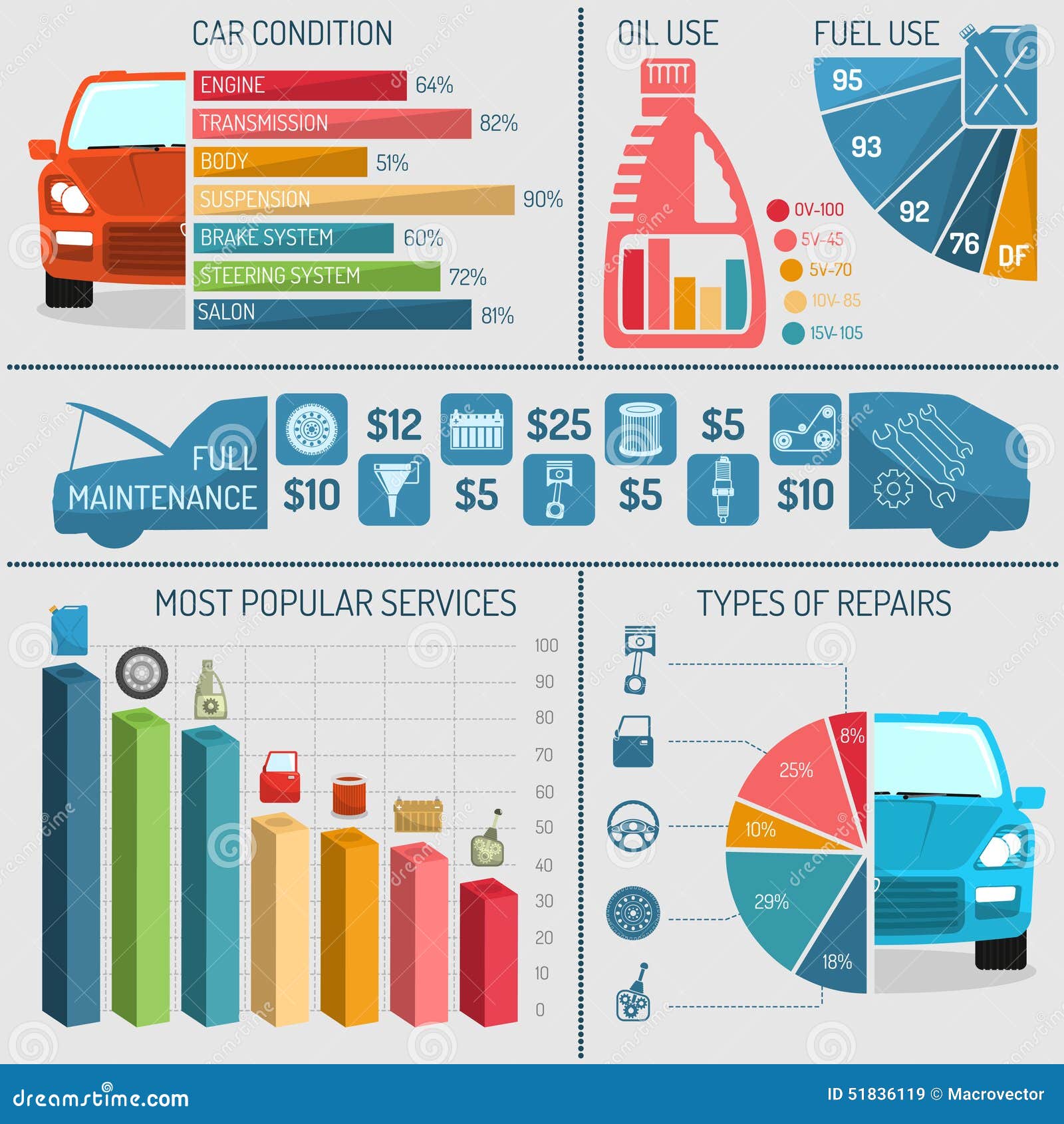Wish To Find Out More Regarding The Caution Lights On Your Dashboard? Reveal What They Indicate Regarding Your Automobile'S Health And Safety
Wish To Find Out More Regarding The Caution Lights On Your Dashboard? Reveal What They Indicate Regarding Your Automobile'S Health And Safety
Blog Article
Team Author-Lauritsen Dalgaard
When you lag the wheel, those beautiful warning lights on your dashboard can be a little bit complicated. Do you understand what they're trying to inform you concerning your automobile's wellness? Recognizing the significance of these lights is important for your security and the durability of your vehicle. So, the next time among those lights appears, wouldn't you intend to decode its message accurately and take the required actions to resolve it?
Common Caution Lighting and Interpretations
Identify typical caution lights in your vehicle and comprehend their meanings to make sure secure driving.
One of the most typical warning lights consist of the check engine light, which indicates issues with the engine or emissions system. If this light begins, it's crucial to have your car examined without delay.
The oil pressure warning light shows low oil pressure, needing immediate interest to prevent engine damages.
A blinking battery light may suggest a damaged billing system, possibly leaving you stranded if not dealt with.
The tire stress tracking system (TPMS) light notifies you to reduced tire pressure, affecting car stability and fuel performance. Ignoring this might lead to risky driving conditions.
The abdominal muscle light suggests an issue with the anti-lock braking system, endangering your capacity to quit promptly in emergency situations.
Last but not least, the coolant temperature warning light warns of engine getting too hot, which can result in severe damages otherwise dealt with quickly.
Understanding these typical warning lights will help you resolve concerns immediately and preserve safe driving conditions.
Relevance of Prompt Focus
Comprehending the common caution lights in your car is just the initial step; the relevance of quickly dealing with these cautions can't be highlighted sufficient to guarantee your safety and security when traveling.
When a caution light brightens on your dashboard, it's your car's means of communicating a potential problem that needs attention. Overlooking car nano coating auckland can lead to more extreme problems in the future, endangering your security and potentially costing you a lot more out of commission.
click the up coming post to cautioning lights can protect against malfunctions and mishaps. As an example, a blinking check engine light might indicate a misfire that, if left neglected, could cause damage to the catalytic converter. Resolving this without delay can conserve you from a pricey fixing.
Likewise, a brake system advising light may indicate reduced brake fluid or worn brake pads, essential parts for your safety and security when driving.
Do It Yourself Troubleshooting Tips
If you notice a warning light on your dashboard, there are a couple of DIY fixing suggestions you can try prior to looking for professional help.
The primary step is to consult your auto's manual to understand what the specific caution light shows. Often the problem can be as simple as a loose gas cap setting off the check engine light. Tightening the gas cap may settle the issue.
One more usual problem is a reduced battery, which can cause numerous cautioning lights. Checking the battery connections for rust and guaranteeing they're protected might fix the issue.
If a caution light lingers, you can try resetting it by detaching the vehicle's battery for a couple of mins and then reconnecting it. Furthermore, inspecting your vehicle's fluid levels, such as oil, coolant, and brake fluid, can assist repair warning lights connected to these systems.
Final thought
Finally, understanding your car's warning lights is crucial for keeping your automobile running smoothly and safely. By without delay resolving these signals and knowing what they suggest, you can avoid expensive fixings and prospective failures.
Remember to consult your car's guidebook for certain information on each cautioning light and act appropriately to make sure a trouble-free driving experience.
Stay educated, stay safe when traveling!
